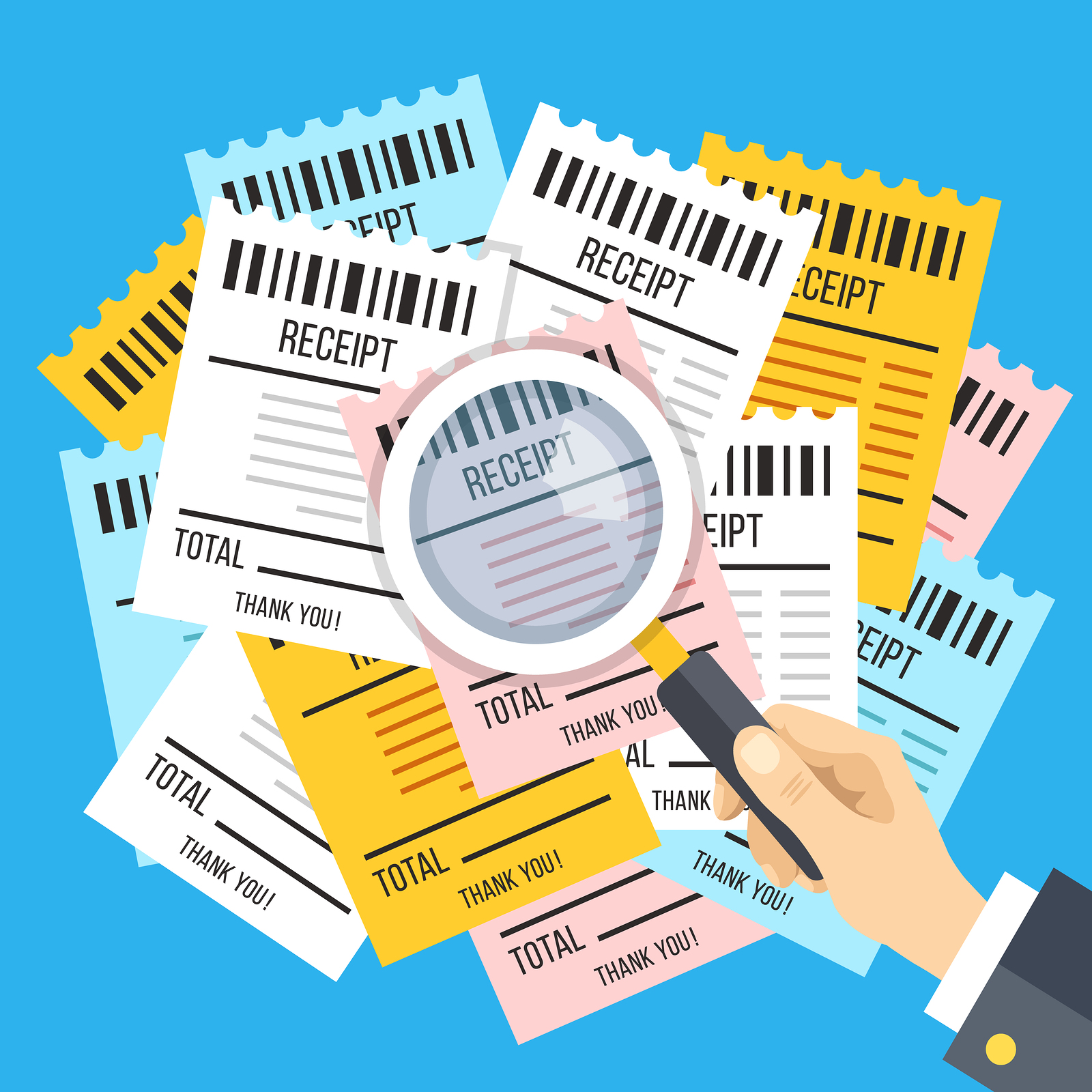Money-saving tips for creative freelancers feeling the pinch
Just in case you haven't noticed, inflation is running rampant right now, with prices spiralling in the face of global energy shortages and supply chain problems. Price rises are likely to continue for some time. So you may be wondering, how am I going to afford to live?
One solution is to raise your rates, and if you're talented and in-demand, that may be easier than you think: you can find advice on doing so in this article. But if you're new in your career, or already short on work, this may not be the best approach. Particularly as your clients may also be feeling the pinch as the economic situation worsens.
If that's the case, it's time to look at the opposite side of the equation and increase your profits by cutting your costs. In this article, we'll look at some ways to do so, based on both our own experience as well as advice from the Creative Boom audience.
By themselves, each of these tips might not save you a ton of money but follow all of them, and you may soon find your cash pile mounting up.

1. Improve your cashflow
What can make an even bigger difference than being paid more overall is being paid on time. After all, most of the time, when freelancer bank accounts are empty, it isn't because we haven't worked; it's because we're still waiting to be paid.
Getting paid in full and on time often feels like a job in itself, and it's as much about organising our own affairs properly as it is chasing clients. For that reason, we tend to put off all the things we need to do, bury our heads in the sand, and focus on our creative work instead. But if you're worried about paying the bills in 2022 and beyond, that approach just isn't going to cut it.
Being disciplined – invoicing as soon as you've completed a project, and chasing when the standard 30-day payment deadline is approaching – can make all the difference. But if you're finding that hard to do, it may be one of those cases where you have to spend a little to save a lot. There are lots of online services that help you automate your finances, and many freelancers swear by them.
"I've found QuickBooks invaluable for mileage, invoices and automating bookkeeping," says illustrator and designer Anna Hamill. "It syncs to my business bank account and makes the whole thing so much quicker and less of a headache." Freelance graphic designer Mel Gardner, meanwhile, recommends FreeAgent. "It's great accounting software that makes and accounts and time tracking a breeze," she says.
Cash flow can also be a problem when a project goes awry and gets cancelled. "So always include a 'kill fee', in case your client decides to cancel the job halfway through," advises designer and educator Jenny Theolin. "This will cover any work done in advance, as well as giving them a 'no questions asked' get-out clause."
2. Get your expenses in
On some projects, your client will agree to cover your expenses. Where this doesn't happen, you still need to carefully keep track of expenses so you can claim them back against tax. And yet, in reality, many freelancers fail to do this as precisely as they should and end up missing out.
"As a freelancer, you need to expense EVERYTHING you can," stresses art director Joe Kibria. "It's worth checking what's included, as I was completely unaware that you can even expense a portion of your rent and even £150 for a (minor) Christmas party."
If you drive about a lot for work, it can be tricky to remember to log your miles or even know what they were. For this reason, designer and photographer Mike Hindle recommends the app Driversnote. "It records all of your trips and works out your business mileage and amount to deduct from your tax return," he explains. "So it's currently saving me hundreds each month."

3. Don't splurge on tech
You don't need the latest tech to be a successful freelancer. Indeed, as a general rule, you should avoid getting the latest, most expensive tech when cheaper alternatives are available. And when you do upgrade, try to get some money for your old gear too.
"Buying refurbished models is okay, and saves money and the planet," points out award-winning designer Berenice Howard-Smith. "Apple's stuff is good, and my GiffGaff phone is good as new. I haven't bought new tech for a long time. Trade-in or pass on, especially that box of wires. Someone will want that mystery lead."
4. Cut the cost of subscriptions
Subscriptions to online services can really add up over time, even if the individual amounts seem small. And in truth, most of us continue to pay for services we don't use.
"Check through all your subscriptions for any you're not using, and cancel them," urges freelance graphic designer and podcast host Liz Moseley. Make sure you stay on top of 'free trials' too, as they generally take your credit card upfront and then start to charge you if you don't remember to end the trial on time.
And with the subscriptions you want to keep, make sure you minimise your costs as much as possible. "If you can, and you know you'll use it, pay for apps yearly rather than monthly," suggests designer Dave Smyth. "There's usually a cost-benefit to doing that, and it saves bookkeeping time as well."
PR and marketing freelancer Carolyn Hughes offers another tip. "Many online subscriptions allow you to have a number of users," she points out, "so I split that cost where ever possible with other freelance buddies." And artist and freelance visual creative Keith Hawkins adds that: "Adobe's Creative Cloud is a negotiable service. So contact them if you're about to sign-up or discontinue a subscription."
That latter point can apply to other running costs too, such as phone subscriptions and insurance. Typically, companies will up your charges year-on-year if you do nothing but threaten to walk away, and they'll suddenly offer you a discount.
5. Examine every expense
As well as the tech and online services you use for your work, there are other ways you can cut costs as a freelancer. One of the biggest advantages of working for yourself is that you can set your own hours, and that's something you can harness to save money, both within working hours and outside of them.

Essentially, anything you can do off-peak, you should. So travel outside of rush hour when the fares are lower. Visit supermarkets at unsociable hours when end-of-day bargains are to be had. In short, do anything to keep costs down... because the more you spend, the more you have to work.
It's worth taking the time to go through every expense you have as a freelancer. To take one example, Anna Hamill buys discounted stamps from various websites, saving herself up to 25% on posting orders. Also, consider when you can work from home instead of co-working or having an office, and question whether you need to spend so much on paper and printer ink in an increasingly digitised world. As senior freelance copywriter Jonathan Wilcock says: "I used to think I had to print everything out, to be safe. I was wrong."
Finally, given that this article has been largely prompted by the rising cost of energy, ask yourself how much you really need to heat your studio or home office.
"Even before the energy crisis, not many people could afford to have the heating running all day," points out PR and marketing freelancer Carolyn Hughes. "So I wear a bobble hat and scarf all day, and a blanket too. I also go for a run in the middle of the day in the winter to heat up my body temperature. Keep those heating bills down!!"
Source: Creativeboom.com
